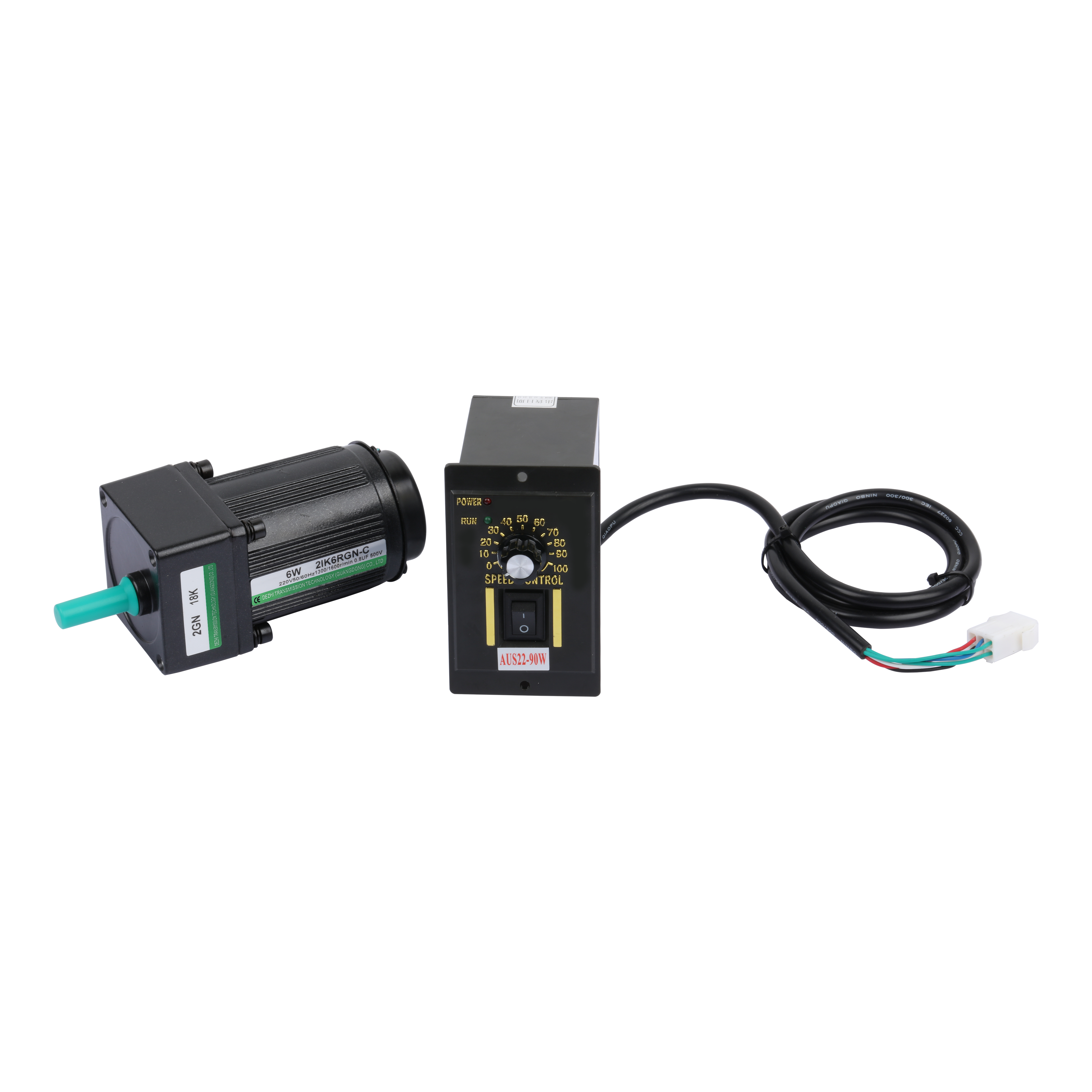Source:Industry News Release time:2022-09-09 Clicks: Popular:Reduction motor manufacturer

The use of cycloidal pinwheel reduction motor requires the installation of a cycloid wheel, so what should be done during the installation process?
1. Installation steps of cycloidal pinwheel reduction motor cycloid wheel
1. Rotate one cycloidal wheel of the cycloidal pinwheel reduction motor 180 degrees. That is, when the middle bearing hole and the tenth hole completely overlap, the external tooth shape is just misaligned, and the position of the tooth root of the upper piece is exactly the same as the position of the tooth top of the lower piece. Note the relative position of the two wheels. Always remember to draw a mark yourself. Or remember the location of the original markings on the wheel. This is a single tooth difference cycloidal wheel, double tooth difference does not require a 180 degree rotation.
2. Put a piece of cycloidal wheel into the pin tooth shell and turn it by hand to see if it is smooth and swings.
3. Put in the eccentric bearing. Because the bearing hole of the cycloidal wheel is equivalent to the shell of the eccentric bearing. Therefore, the correct position of the eccentric bearing is that the bearing hole of the cycloidal wheel just completely accommodates the cylindrical ball of the eccentric bearing.
4. Insert the spacer. Put another cycloidal pinwheel reduction motor cycloid wheel. The key is to put this wheel. Positions should be placed exactly as marked on your own screen.
5. Put on the shaft sleeve and turn it by hand to see if it can rotate. Check whether the cycloidal pinwheel reduction motor is installed correctly.
2. Precautions for installation of cycloidal pinwheel reduction motor
1. When installing a cycloidal pinwheel reduction motor, attention should be paid to the alignment of the transmission center shaft, and the error should not be greater than the compensation amount of the coupling used. Good alignment can extend service life and achieve ideal transmission efficiency.
2. When installing the transmission components on the output shaft of the cycloid reducer motor, it is not allowed to hit it with a hammer. Usually, the assembly clamp and the internal thread of the shaft end are used to tighten the transmission parts with bolts, otherwise the internal parts of the reduction motor may be damaged. If rigidly fixed couplings are not used, improper installation of such couplings will cause unnecessary external loads, leading to premature bearing damage, and in severe cases, the output shaft may even break.
Recommended reading
How to measure the speed of linear reduction motor?
Reduction motor manufacturers share the installation steps and precautions for cycloidal pinwheel re
Related Information
CGXK085
2021-01-13CGZF-042L1-5-P2
2020-12-21Planetary reducer
2021-04-15Fixed speed motor
2020-12-21CGF-042L2-16-P2
2020-12-21CGXZK115
2021-01-13Planetary reducer
2021-04-15Stepper motor
2020-12-21Stepper motor
2020-12-21CGF-060L1-10-P2
2020-12-21CGX115
2021-01-13Planetary reducer
2021-04-15CGXZ060
2021-01-13CGX060
2021-01-13Three phase motor
2020-12-21Difference Between Reducer and Gearbox
2022-12-12Performance and characteristics of planetary reducer
2022-06-25Requirements for reduction motor transmission equipment
2022-08-18Reduction motor manufacturers introduce several common faults of reduction motor gearboxes
2022-09-06What should you pay attention to before using a right-angle reduction motor?
2022-10-17Classification and application of helical gear reduction motors
2022-07-23Introduction to stepper motor drive control chip types
2022-07-07The direct cause of linear reduction motor shaft breakage
2022-10-20Basic knowledge of right angle planetary reducer
2022-10-12Right angle reduction motor transmission system features
2022-10-28Summary of common sense about geared motors in life
2022-07-27Analysis of the application characteristics of stepper motors in 3D printers
2022-06-02Stepper motor manufacturers introduce the main parameters and characteristics of stepper motors
2022-07-07Right angle reduction motor warehousing acceptance criteria
2022-11-04What are the characteristics of stepper motors?
2022-07-04